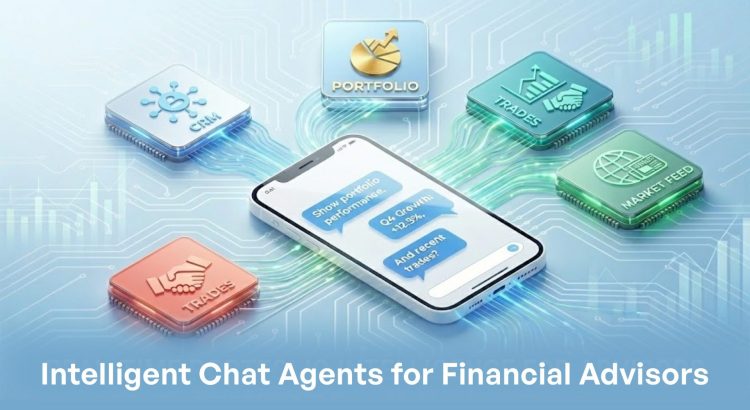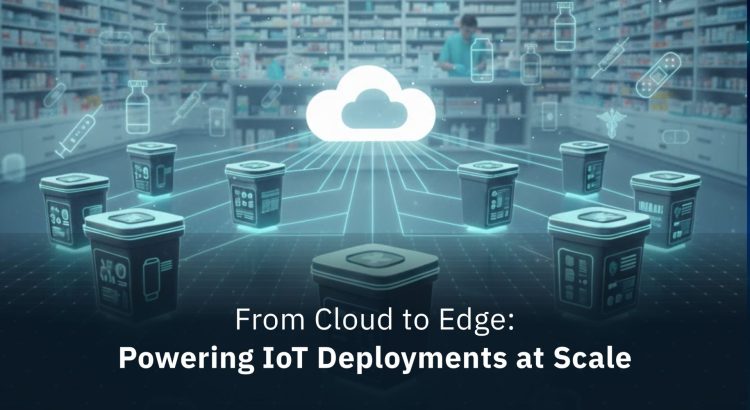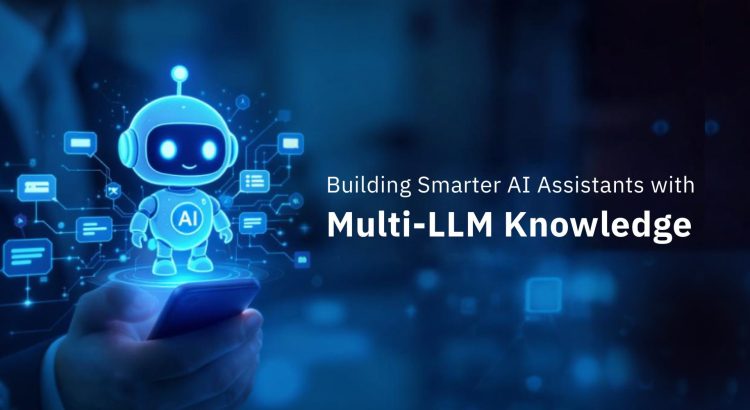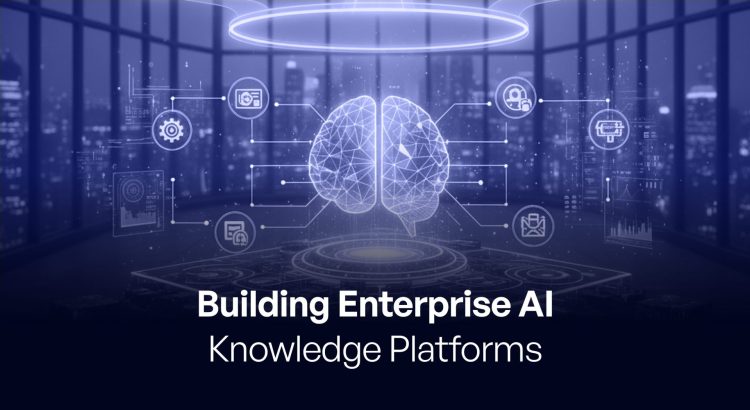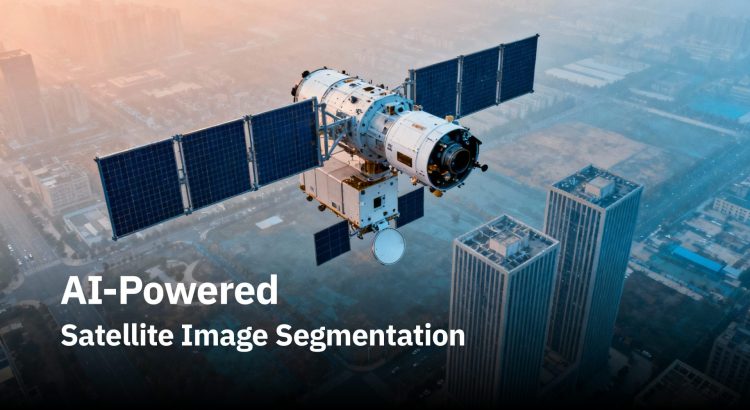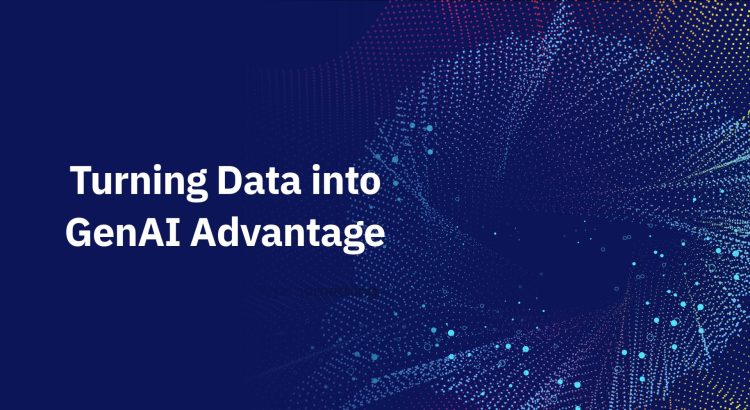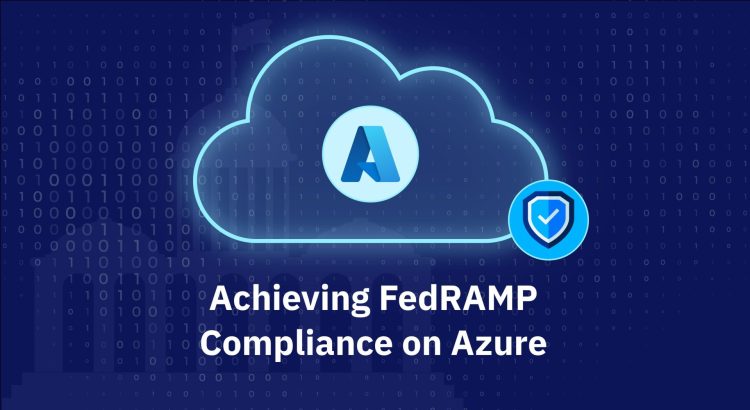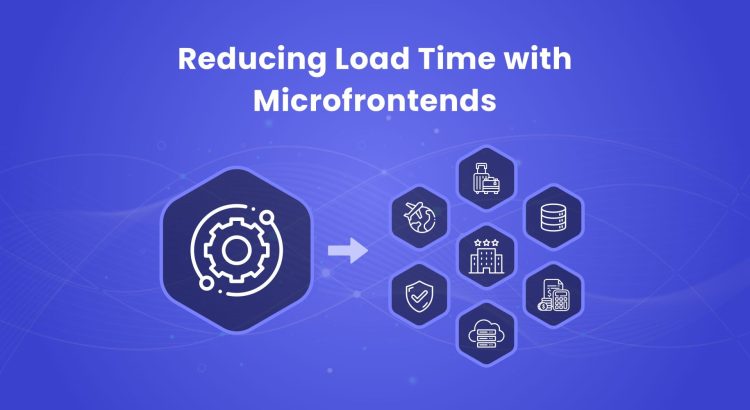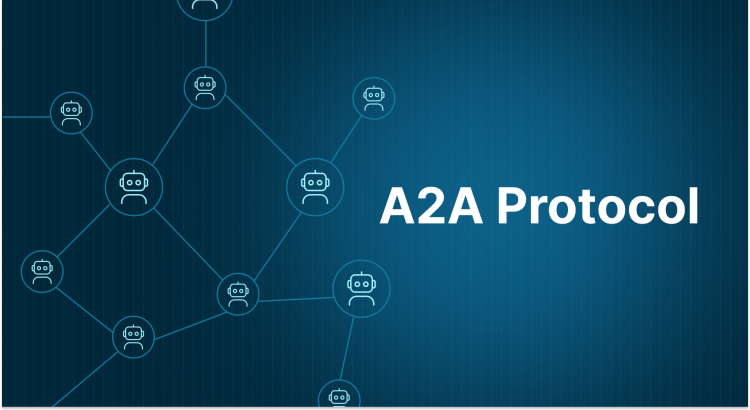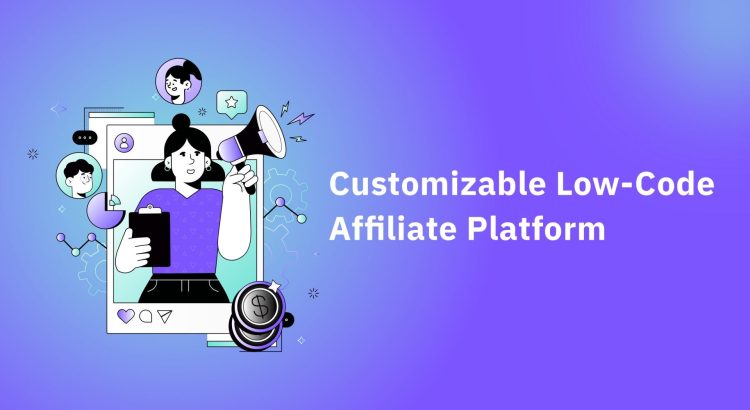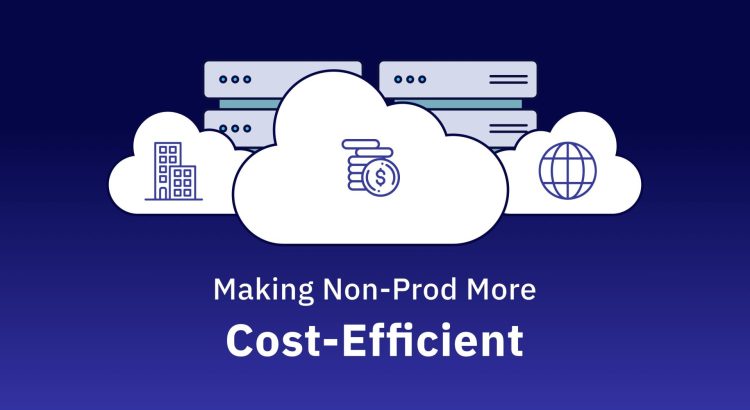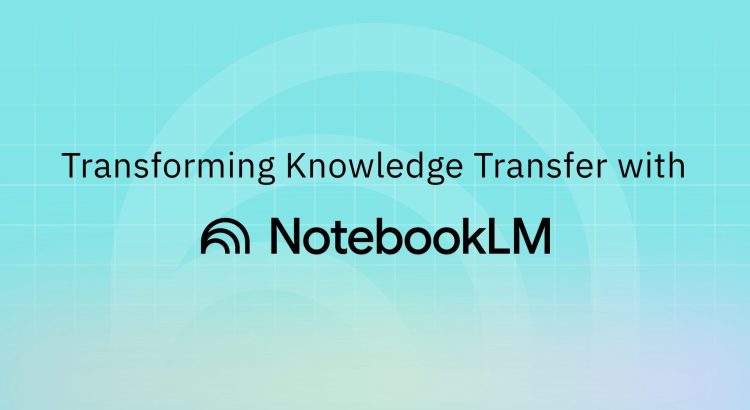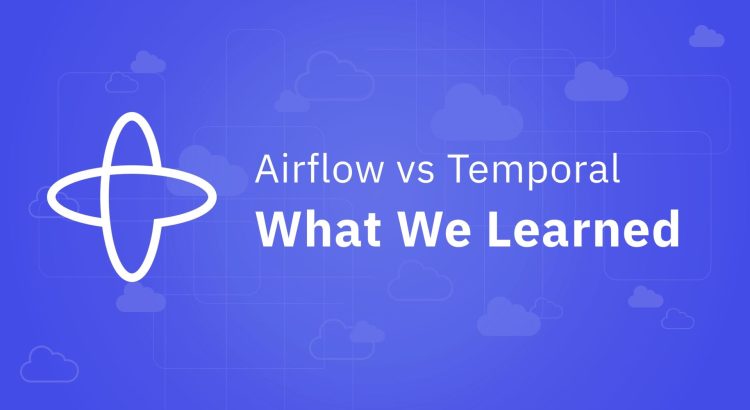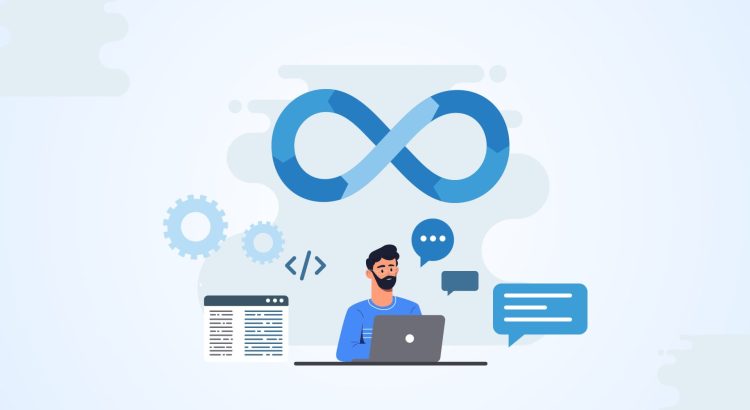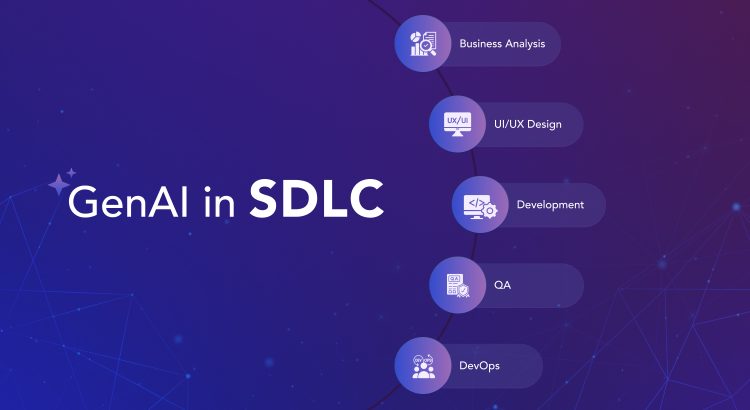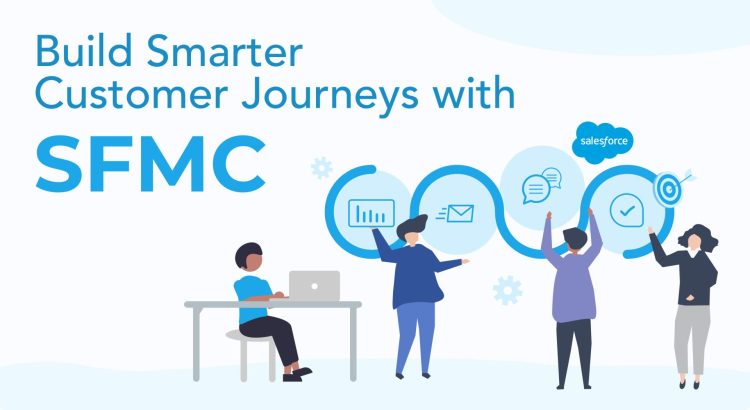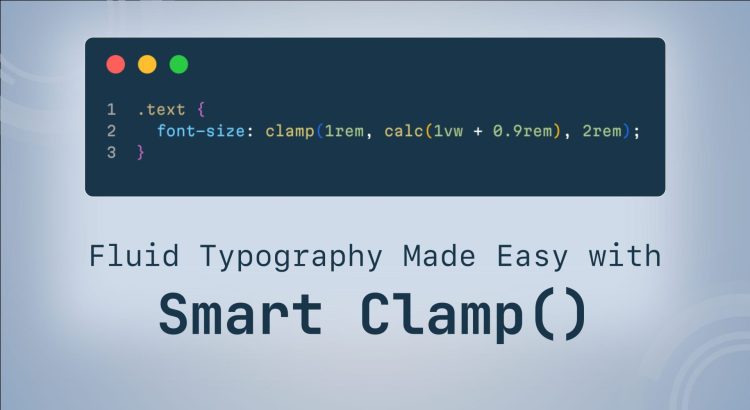As the Chief Delivery Officer at QBurst, I’ve had a front-row seat to one of the most pivotal transformations in our company’s journey, the embrace of a High AI-Q philosophy that is reshaping how we think, build, and deliver.
This shift came into even sharper focus at Tech Investor and Advisor Jeroen Tas’s recent book launch in Kochi, where I had the privilege of moderating a panel discussion with Jeroen, Vishal Kulshrestha (Head of eCom and & Omni Channel at Alshaya Group), and our CEO, Arun “Rak” Ramchandran. Listening to their perspectives, I was struck by the sheer gravity of this moment, not just for us at QBurst, but for every senior business leader navigating the AI era.
(more…)

